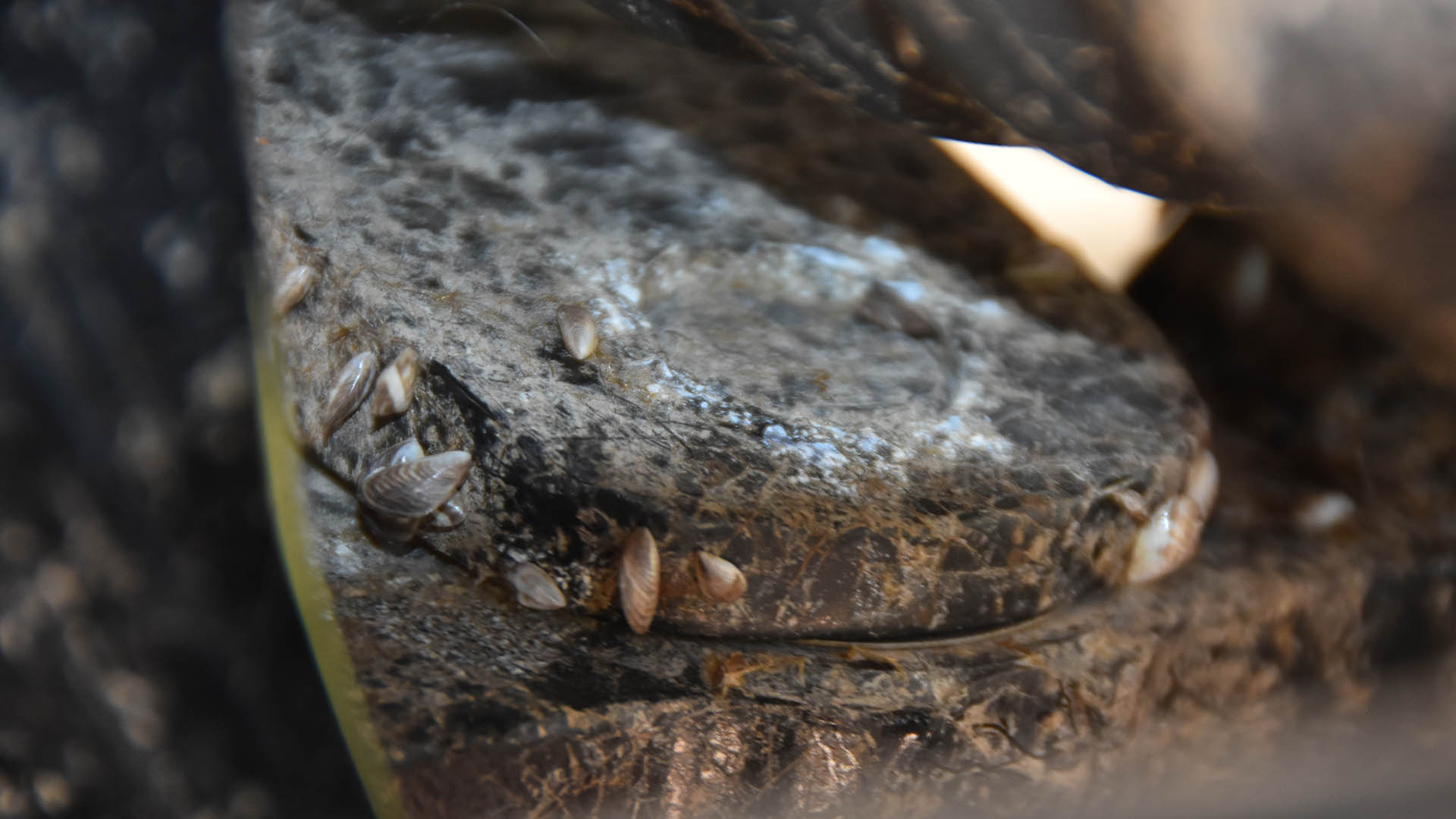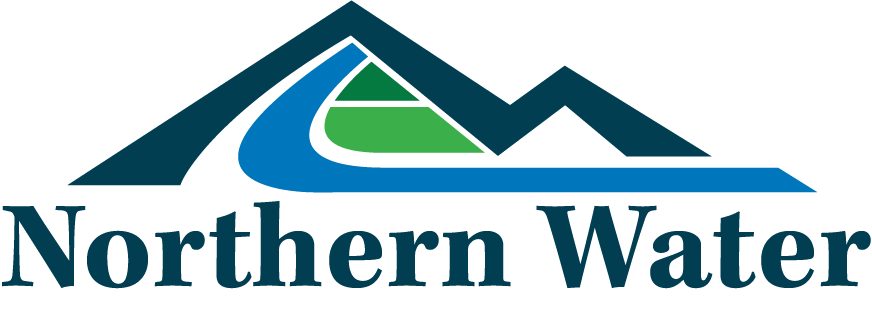Aquatic Nuisance Species
Protecting our Waters from Invasive Species
Aquatic Nuisance Species (ANS) are aquatic plants and animals that invade lakes, reservoirs, rivers and streams. Examples include zebra mussel, quagga mussel, New Zealand mudsnail, Asian carp, rusty crayfish and Eurasian watermilfoil. ANS can also include fish pathogens and diseases, such as viral hemorrhagic septicemia or whirling disease. These invasive species can damage Colorado’s waters, while also taking a toll on the economy and destroying recreational opportunities.
Zebra and quagga mussels are of particular concern for Northern Water because of the havoc they can wreak on our reservoirs and water system infrastructure. They reproduce quickly and can easily spread via boats, trailers and equipment transported from infected waterways. Once introduced, they can clog water intakes, diversions and pipelines and are difficult or even impossible to eradicate.
Colorado’s ANS Act was signed into law in May 2008 and mandates watercraft inspection and, if necessary, decontamination of all boats coming from out of state. All lakes and reservoirs that allow motorized boating within Northern Water’s system have mandatory inspections at each boat launch. This includes the Three-Lakes system in Grand County and Horsetooth Reservoir and Carter Lake in Larimer County.

There are currently no waters in Colorado that are positive for zebra or quagga mussels; however, Northern Water recognizes the serious impacts ANS can have. We have partnered with Colorado Parks & Wildlife, Larimer County and the U.S. Bureau of Reclamation to ensure sustainable recreational boating opportunities and successful operations throughout our waterways that deliver water to Northeastern Colorado. In addition, we regularly provide funding to our partners to help ensure that our waters are not contaminated by these invasive species.
